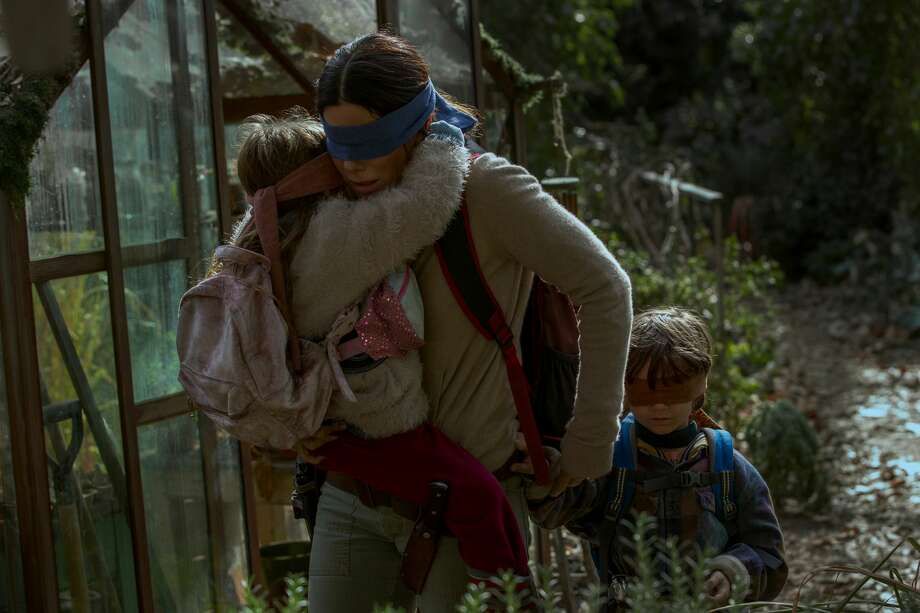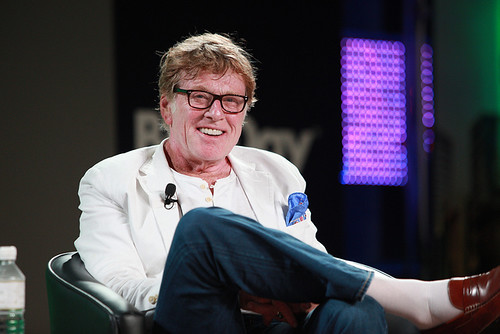
Robert Redford, the quintessential golden boy of Hollywood who transcended the confines of celebrity to become an Oscar-winning director, a fervent liberal activist, and the indispensable godfather of independent cinema, passed away at his home in Utah on Tuesday, at the age of 89. His death marks the end of an era for a figure whose career spanned over six decades, leaving an indelible mark on both the silver screen and the cultural landscape. His life was a remarkable tapestry woven with threads of artistic ambition, unexpected stardom, and a profound commitment to purpose.
Inevitably, the word “golden” frequently surfaced in discussions of Robert Redford, a descriptor that aptly captured his on-screen radiance in more than 80 films, many of which are now considered classics. Yet, his brilliance extended far beyond the glamour of Hollywood. He dedicated decades to activism and, notably, founded the Sundance Institute, an organization that has profoundly shaped the trajectory of independent film for generations.
From his early days as a working-class kid in Los Angeles to his later years as an esteemed cultural icon, Redford’s journey was one of constant evolution and unwavering dedication to his ideals. He navigated the complexities of fame with a quiet determination, channeling his influence into meaningful endeavors that empowered new voices and championed critical causes. This article embarks on an in-depth exploration of the myriad facets of Robert Redford’s extraordinary life and career, beginning with his foundational experiences and rise to prominence.

1. **Humble Beginnings and Artistic Dreams**
Robert Redford’s history fittingly commenced in Los Angeles, where he was born Charles Robert Redford Jr. on August 18, 1936, in Santa Monica. His working-class family occupied the sole white household on their predominantly Mexican block, a detail that likely informed his early understanding of diverse communities. As a child, Redford often found himself in disciplinary situations at school, reflecting a youthful spirit that chafed against conventional structures.
He once recounted to NPR in 2003, “I was constantly at the blackboard, either being punished for things I’d done wrong, and having to do repetitions of math up on the board, or I was drawing, telling a story.” This early inclination towards visual storytelling and a creative outlet hinted at the artistic path he would eventually pursue. The act of drawing, even under punishment, revealed a nascent talent that would later find its full expression in various forms.
His artistic aspirations led him to attend the University of Colorado, Boulder, on a baseball scholarship, a brief detour from his true calling. However, his passion for art remained strong. After a period of working on an oil rig to accumulate funds, he embarked on a pivotal year studying painting in Europe. Upon his return to the U.S., he enrolled in art school at the Pratt Institute in New York, further solidifying his commitment to the visual arts before fate would steer him toward another form of creative expression.
Read more about: Pattie Mallette’s Enduring Prayer: Tracing Justin Bieber’s Unforgettable Journey Through Stardom’s Highs and Lows
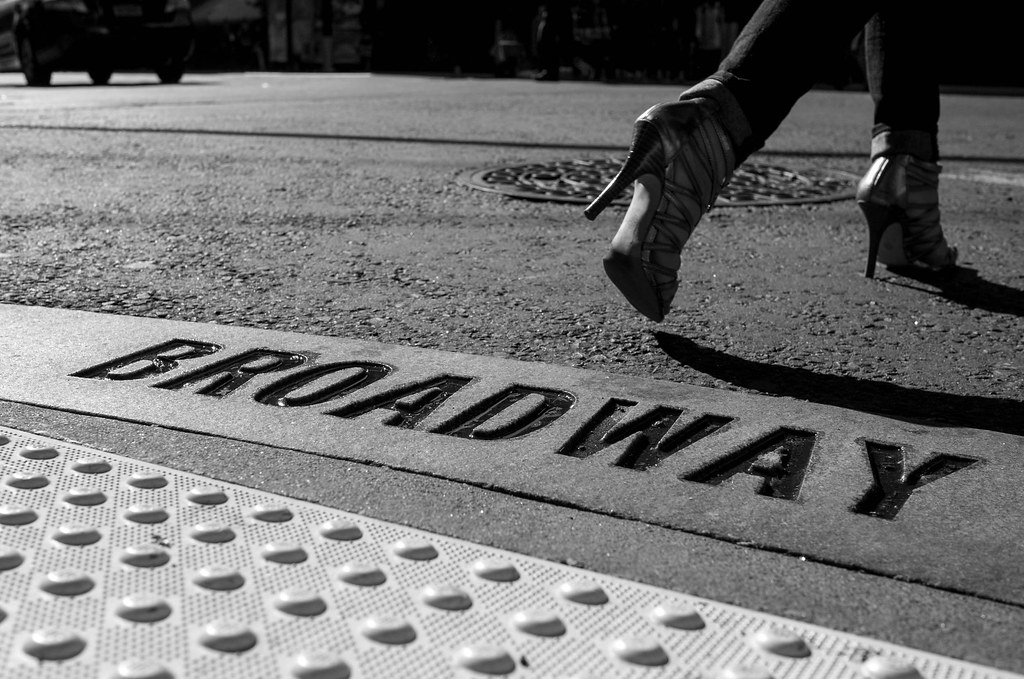
2. **From Stage to Small Screen**
Redford’s entry into the performing arts was somewhat serendipitous, initially stemming from an interest in set design rather than acting itself. This practical approach to theater soon evolved, however, as he discovered a burgeoning talent for performance. His stage career began to flourish, leading him to Broadway.
He debuted on Broadway in the late 1950s in productions such as “Tall Story” and “The Highest Tree.” His burgeoning talent quickly garnered attention, and he went on to star with Julie Harris in “Little Moon of Alban” in 1960. His theatrical breakthrough truly came with Neil Simon’s hit play “Barefoot in the Park,” where he starred alongside Elizabeth Ashley.
Redford reprised his role in the highly successful 1967 film adaptation of “Barefoot in the Park,” this time opposite Jane Fonda, solidifying his presence in major motion pictures. Concurrently, he made a number of memorable appearances in some of the era’s best television shows, including “Playhouse 90,” “Route 66,” and “Alfred Hitchcock Presents.” Perhaps most famously from this period, he delivered a chilling performance as Death in a classic episode of “The Twilight Zone,” showcasing his early versatility across various media.
Read more about: Prepare for Tears: 15 Movie Character Deaths That Absolutely Crushed Our Souls, From Iconic Sacrifices to Unforgettable Goodbyes
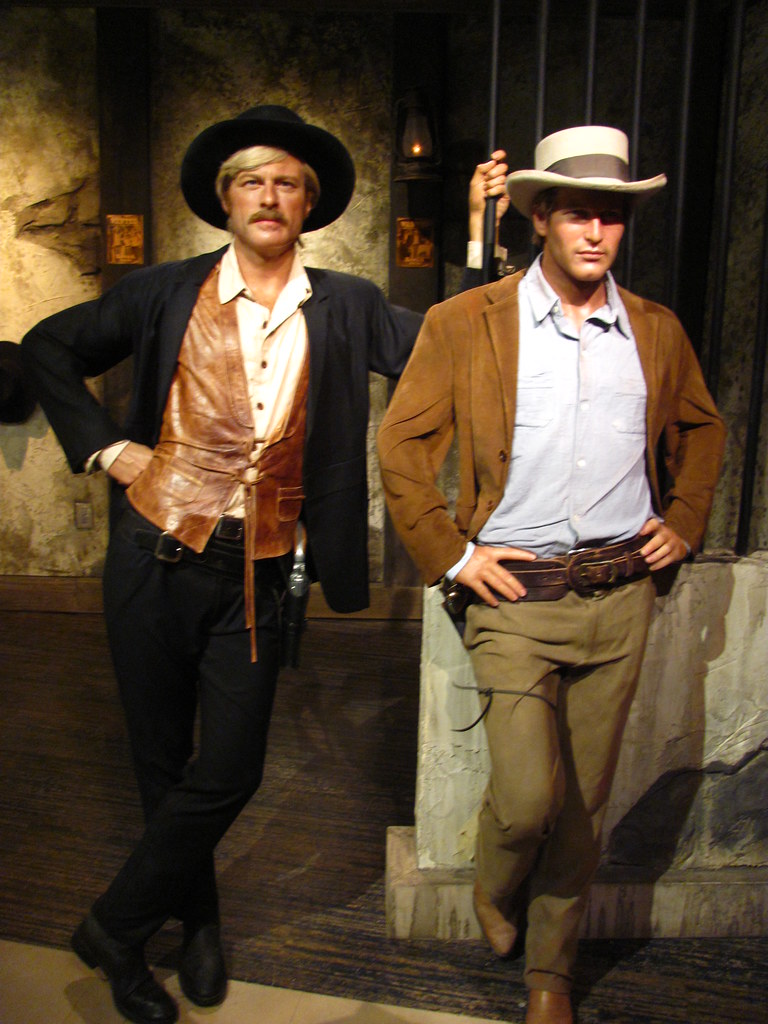
3. **The Golden Boy Emerges: “Butch Cassidy” and “The Sting”**
Despite his growing recognition, Redford’s true big break was not easily won. Paul Newman and writer William Goldman vigorously campaigned for Redford to co-star in “Butch Cassidy and the Sundance Kid,” a decision met with strong objections from the studio. Executives, according to Goldman, found Redford’s looks to be “generic” and initially sought better-known actors such as Marlon Brando, Steve McQueen, and Warren Beatty.
It was Newman’s unwavering support that ultimately secured Redford the role. Newman, already a prominent star, met with Redford and informed the studio that he specifically wanted Redford as his co-star, demonstrating a generosity that Redford would later reciprocate. Their undeniable on-screen chemistry as lovable outlaws captivated audiences and critics alike.
“Butch Cassidy and the Sundance Kid” proved to be the most successful film of 1969, launching Redford into superstardom. Its immense popularity not only cemented his status as a leading man but also inspired the naming of his future independent film venture, the Sundance Institute and festival. This landmark film initiated a string of other hits, including “The Sting,” which again paired him with Newman.
Their second collaboration, 1973’s “The Sting,” was an even greater critical and commercial triumph, earning seven Academy Awards, including Best Picture. Redford himself received a best-actor nomination for his portrayal of a young con artist in 1930s Chicago, solidifying his position as one of Hollywood’s most bankable and respected actors of the 1970s. The pairing of Redford and Newman became iconic, a testament to their dynamic partnership both on and off screen.
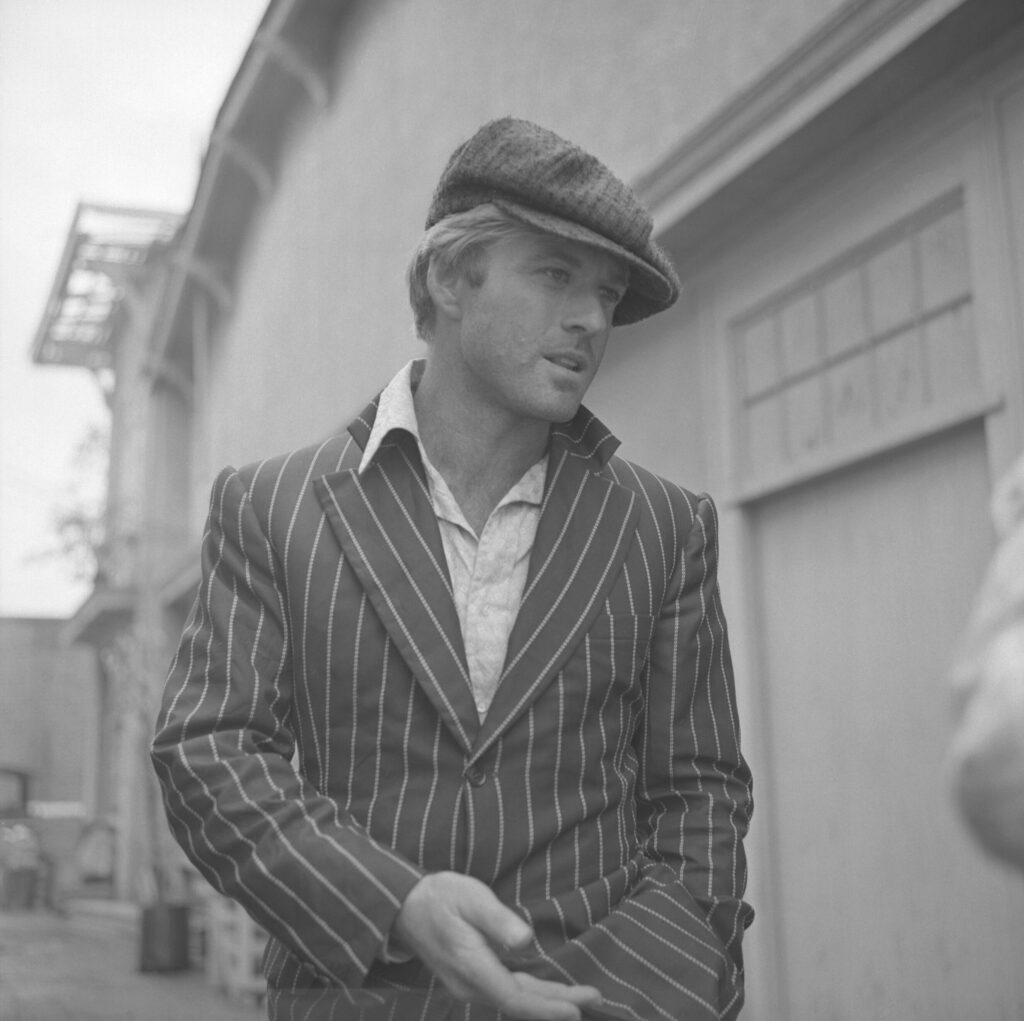
4. **An Actor’s Craft: Minimalism and Authenticity**
Despite his striking good looks and growing fame, Robert Redford harbored a profound ambivalence towards his physical appearance, a sentiment that influenced his acting approach. Film critic Carrie Rickey observed, “I think he was profoundly ambivalent about his looks and wanted to communicate that.” This internal conflict likely contributed to his distinctive performance style.
Rickey further noted Redford’s on-screen minimalism, stating, “He tended to be a minimalist on screen, often interrupting himself to make it sound like actual speech.” This dedication to authenticity over theatricality allowed his performances to feel remarkably natural and relatable, setting him apart from many of his contemporaries. He strived for a realism that conveyed complexity without overt embellishment.
In a fascinating revelation about his process, Redford admitted to CBS’ “Sunday Morning” in 2018 that he purposefully avoided watching many of his own films. He explained, “’Cause I thought if I look at myself too much, I’m gonna be too aware of myself and that means when I go to do something new, I won’t be able to do it without being slightly aware of what I’m doing rather than just being free.” This deliberate distancing allowed him to maintain a raw, unselfconscious quality in his work.
This commitment to freedom in his craft speaks volumes about his artistic integrity. By eschewing self-scrutiny, Redford ensured that each new role was approached with a fresh perspective, allowing him to fully inhabit his characters without the burden of his own public image or past performances. His ability to project a “shadowed sunshine” on screen, as Rickey described, was a result of this deep-seated desire for genuine expression.
5. **Pioneering Independent Film: The Vision for Sundance Institute**
Even as he ascended to the pinnacle of Hollywood stardom, Robert Redford harbored ambitions that extended far beyond acting. He yearned for a career behind the camera, a desire that began to manifest in the early 1970s when he experimented with distributing documentaries directly to college film societies. This nascent interest in production and exhibition signaled a deeper aspiration to shape the cinematic landscape.
Redford had observed Hollywood becoming increasingly cautious and controlling throughout the 1970s, a trend he sought to counteract. He aimed to recapture the creative spirit that characterized the earlier part of the decade, a period he felt was more vibrant and experimental. This vision for a more independent and artist-driven cinema became the genesis of what would later become the Sundance Institute.
The core idea behind Sundance was to nurture new talent away from the commercial pressures and conventional constraints of Hollywood. Redford envisioned a space where artistic integrity could thrive, where filmmakers could develop their craft without immediate concern for box office returns or studio interference. This commitment to fostering uncompromised storytelling was a radical concept in an industry often driven by profit margins.
His dedication stemmed from a belief that many compelling stories were not being told within the mainstream system. He recognized a need for a platform that would support artists whose voices might otherwise remain unheard. This pioneering spirit laid the groundwork for an institution that would fundamentally alter the independent film ecosystem, offering a lifeline to countless aspiring creators.
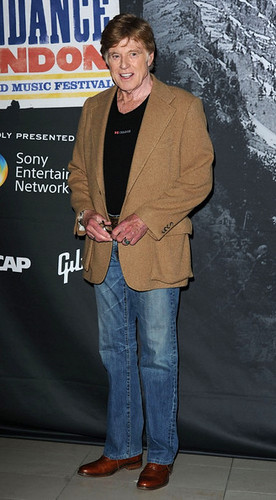
6. **The Birth of a Movement: Sundance’s Foundational Principles**
In 1981, Robert Redford officially transformed his vision into reality with the founding of the Sundance Institute. His goal was remarkably straightforward: “to celebrate people who don’t get celebrated, who are ignored or undiscovered and who deserve to be discovered.” This clear mandate guided the institute’s mission from its very inception.
Redford’s unwavering belief in the word “independence” underpinned the entire endeavor. As he explained to The Associated Press in 2018, “I’ve always believed in that word. That’s what led to me eventually wanting to create a category that supported independent artists who weren’t given a chance to be heard.” He saw a void in the industry, which was largely controlled by the mainstream, and felt a moral imperative to fill it.
The institute was designed to provide a training ground for new talent, while the festival, based in Park City, Utah, served as a crucial platform for showcasing their work. Interestingly, Redford had initially purchased land in Park City with the intention of opening a ski resort, but it evolved into something far more impactful—a sanctuary for cinematic discovery. He strategically chose a location “hard to get to” and “weird,” reinforcing its independent ethos.
His rationale was simple yet powerful: “I saw other stories out there that weren’t having a chance to be told and I thought, ‘Well, maybe I can commit my energies to giving those people a chance.’” This commitment to diversity and untold narratives became a cornerstone of Sundance, fostering a community and providing a crucial platform that artists thirty years prior simply did not possess. He felt “very good about that” legacy, knowing he had opened doors for a new generation of storytellers.
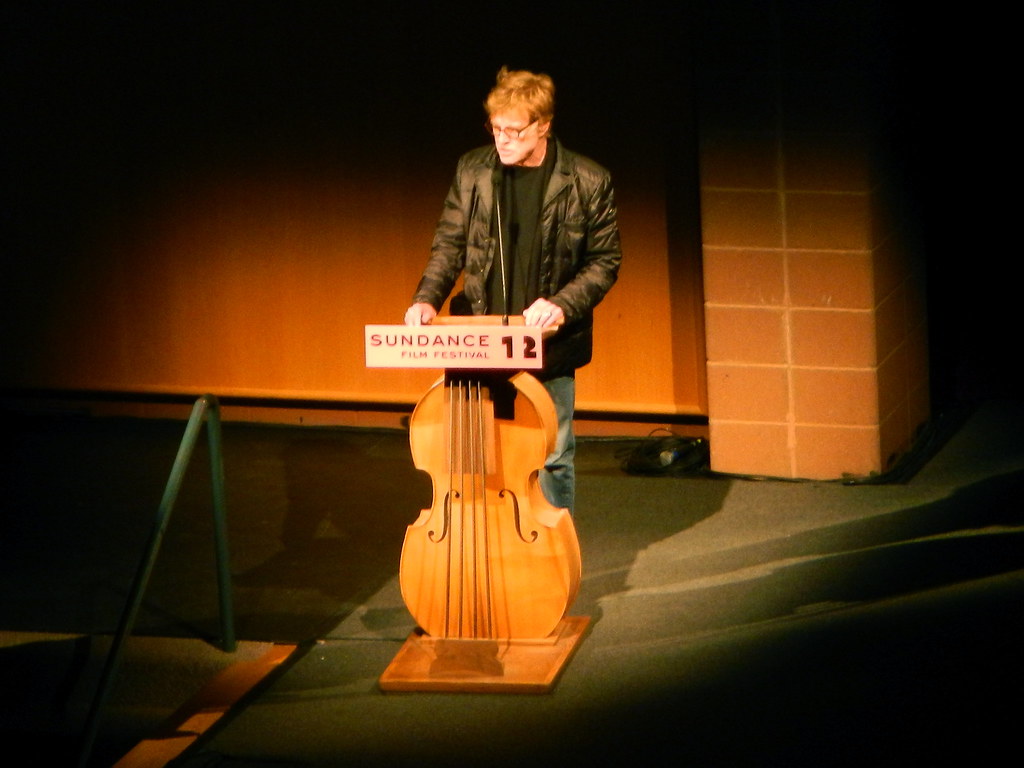
7. **A Director’s Vision: “Ordinary People” and Oscar Triumph**
Before fully immersing himself in the Sundance project, Robert Redford made a decisive move behind the camera, marking his debut as a director in 1980 with “Ordinary People.” This film, based on the novel by Judith Guest, delved into the profound emotional aftermath within an affluent family following the tragic death of one son and the suicide attempt of another. It was a poignant exploration of grief, repression, and the fragile veneer of suburban stability.
Redford’s directorial debut was met with overwhelming critical acclaim and significant industry recognition. “Ordinary People” famously won Redford an Academy Award for Best Director, a remarkable feat for a first-time filmmaker. The film also clinched the Oscar for Best Picture, controversially beating out Martin Scorsese’s critically lauded “Raging Bull,” a testament to its profound impact.
His direction was praised for its sensitivity and even-handed treatment of complex characters, a quality that Roger Ebert believed distinguished the film from merely becoming a “sophisticated suburban soap opera.” Redford showcased a keen understanding of human psychology and the nuances of familial relationships, allowing the audience to empathize with each character’s struggles without judgment.
He also garnered praise for his insightful casting, particularly for featuring Mary Tyler Moore in an unexpectedly serious dramatic role, which revealed her depth as an actress. Additionally, Timothy Hutton, in his feature film debut, won a Best Supporting Actor Academy Award under Redford’s guidance. The success of “Ordinary People” not only established Redford as a formidable director but also validated his long-held desire to create meaningful cinema from behind the lens.

8. **Sundance Institute’s Enduring Evolution and Broader Impact**
After its founding in 1981, the Sundance Institute, initially envisioned as a training ground and platform for emerging artists, rapidly evolved beyond its nascent form. It transformed into what film critic Carrie Rickey aptly described as an “independent powerhouse,” fundamentally altering the landscape of American cinema. This institutional growth was not merely in scale but also in the breadth of its offerings, expanding to include prestigious programs for theater, music, Native American film, and documentaries, reflecting a commitment to diverse artistic expression.
Over the years, Sundance became a vital launchpad for generations of film artists who might otherwise have struggled to gain recognition within the mainstream studio system. Its influence can be seen in the careers of countless celebrated directors, including such transformative figures as Quentin Tarantino, Steven Soderbergh, Kevin Smith, and Robert Rodriguez. These filmmakers, among many others, found their initial footing and a crucial audience through the institute and its renowned festival, enabling them to bring fresh and often challenging narratives to the global stage.
The institute’s dedication to nurturing distinctive voices led to significant critical acclaim and industry recognition for many of the films it championed. Sundance-supported projects have gone on to earn considerable accolades, including multiple Academy Awards. Oscar honorees such as “American Dream,” “When We Were Kings,” “Summer of Soul,” “Citizenfour,” and “Crip Camp” all benefited from the institute’s pivotal role in their development and exhibition, underscoring its profound impact on independent film production and its ability to identify and elevate stories of cultural significance.

9. **Navigating Commercial Success and Maintaining Core Values**
As the Sundance Film Festival grew in prominence, it inevitably attracted increased commercial attention. Buyers swarmed in, eager to acquire potential hits, and celebrities began to overrun Park City each winter, leading to criticisms that the festival was succumbing to the very mainstream pressures it was established to circumvent. This influx of commercial interest presented a challenge to Redford’s founding principles, necessitating a clear articulation of the institute’s unwavering commitment to its original mission.
In response to these criticisms, Robert Redford consistently affirmed that the institute’s core policies remained unchanged. As he told The Associated Press in 2004, “We have never, ever changed our policies for how we program our festival. It’s always been built on diversity.” He recognized that the growing commercial viability of independent films was a double-edged sword: while it brought more visibility, it also risked diluting the independent spirit. “The fact is that the diversity has become commercial,” he observed. “Because independent films have achieved their own success, Hollywood, being just a business, is going to grab them.”
Despite the commercialization of independent film, Redford remained steadfast in his belief that Sundance’s fundamental purpose—to provide a platform for new voices and unconventional storytelling—endured. He noted with pride that directors like Alfonso Cuaron and David O Russell, who had come up through Sundance, were now working in the mainstream, validating the institute’s role in developing talent. The festival’s impact continued to be recognized, with films like “Coda,” a Best Picture winner at the Academy Awards in 2022, crediting its initial attention to Sundance, highlighting the festival’s sustained influence on cinematic achievement.
Looking toward the future, the festival recently announced a significant relocation from Park City to Boulder, Colorado, starting in 2027. This decision was driven by the organizers’ assessment that they had outgrown their longtime home, marking another evolutionary step for the institute. Redford, who had once attended the University of Colorado Boulder, offered his perspective on this change, stating that “change is inevitable, we must always evolve and grow, which has been at the core of our survival.” This embrace of adaptation, while maintaining a commitment to its foundational values, epitomized Sundance’s dynamic legacy.
Read more about: Eddie Murphy’s Unwavering Stance: Why the Comedy Icon Will Never Perform His Own Stunts Again

10. **A Steadfast Voice for the Environment and Indigenous Rights**
Beyond his transformative contributions to cinema, Robert Redford dedicated a substantial portion of his life to ardent advocacy for environmental protection and Indigenous rights. His deep affinity for the outdoors, often beautifully portrayed in films like “A River Runs Through It,” was not merely an aesthetic preference but a deeply held conviction that fueled decades of activism. This commitment was profoundly shaped by witnessing the dramatic transformation of his native Los Angeles into a sprawling city choked by smog and crisscrossed by freeways, an experience that underscored the urgent need for conservation.
Redford’s engagement in environmental causes was both broad and impactful, extending from legislative efforts to hands-on conservation work. He actively lobbied for crucial legislation such as the Clean Air Act and the Clean Water Act, demonstrating a practical approach to safeguarding natural resources. Furthermore, he tirelessly championed land conservation initiatives, particularly in his beloved Utah, ensuring the preservation of vast natural spaces against encroachment and development. His dedication was further formalized through his long-standing service on the board of the Natural Resources Defense Council, a prominent environmental advocacy group.
His advocacy also encompassed a significant focus on Indigenous rights, recognizing the intrinsic connection between land, culture, and sovereignty. This dual commitment reflected a holistic understanding of environmental justice, where the well-being of the planet is intertwined with the rights and traditions of its original inhabitants. Redford’s consistent efforts in these areas underscored a powerful belief in stewardship, using his platform to draw attention to critical issues often overlooked by the broader public and within the entertainment industry.
Read more about: The Unseen Tapestry: Exploring the Rich History and Remarkable Legacies of Women Named Barbara, Featuring Barbara Eden
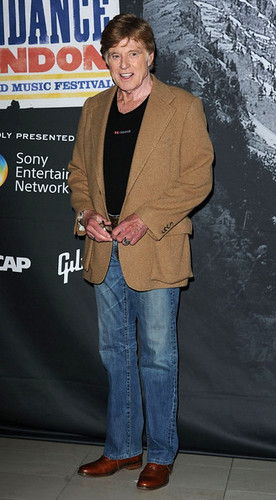
11. **The Later Acting Years: Reflective Roles and a Grand Farewell**
While Redford increasingly dedicated his energies to directing and nurturing the independent film movement through Sundance in the decades following his 1970s heyday, he continued to grace the screen with selective, impactful performances. His roles after the 1970s became more sporadic, yet each one often carried a greater weight and intention. These later cinematic outings included starring in some of the era’s lushest period pictures, such as the critically acclaimed 1984 baseball tale “The Natural,” where he embodied a middle-aged slugger, and the sweeping 1985 Best Picture champion “Out of Africa,” opposite Meryl Streep.
In these films, Redford continued to captivate audiences with his inimitable blend of charisma and understated gravitas. Carrie Rickey noted that despite his continued stardom, Redford never won an Oscar for acting, a curious fact given his profound influence and the enduring popularity of his roles. Yet, this lack of an acting Oscar did not diminish his artistic output or critical reception in his later career. He often chose projects that aligned with his broader artistic and political sensibilities, from political thrillers like “Spy Game” to more intimate dramas.
As he progressed into his later years, Redford took on increasingly challenging and stripped-down roles that garnered some of the best reviews of his career. In 2013, he delivered a remarkable, near-solitary performance as a shipwrecked sailor in “All is Lost,” a film that highlighted his enduring power as an actor. He culminated his illustrious acting career with what he described as his farewell movie, “The Old Man and the Gun,” released in 2018. Reflecting on his decision to retire from acting, he told The Associated Press, “I just figure that I’ve had a long career that I’m very pleased with. It’s been so long, ever since I was 21… I figure now as I’m getting into my 80s, it’s maybe time to move toward retirement and spend more time with my wife and family.” This graceful exit underscored a career consistently guided by purpose and authenticity, rather than simply chasing fame.
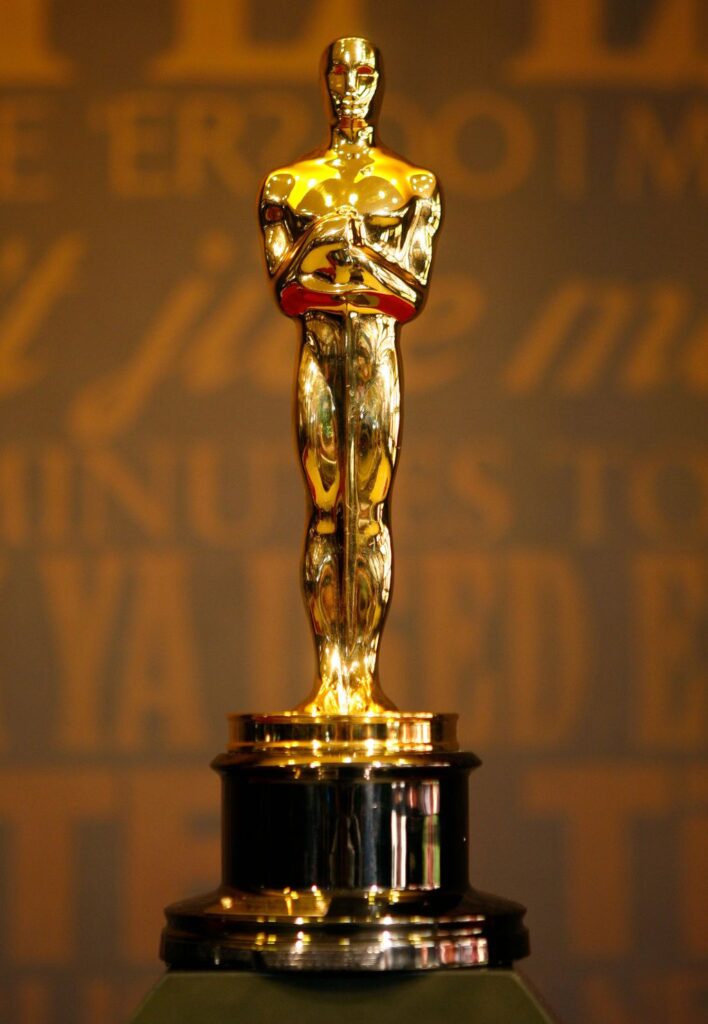
12. **Continued Directorial Endeavors and Narrative Depth**
Following the Oscar-winning success of his directorial debut, “Ordinary People,” Robert Redford continued to explore complex human narratives from behind the camera, demonstrating a consistent and sophisticated directorial vision. His subsequent directing efforts showcased an eclectic mix of stories and genres, each marked by a keen sensitivity to character and an exploration of distinctly American themes. He delved into historical and social commentary, as seen in his 1988 film “The Milagro Beanfield War,” a tale of a land dispute pitting a Hispanic farmer against powerful real estate interests, reflecting his ongoing interest in social justice.
Redford also explored themes of family, nature, and spirituality. His 1992 period drama “A River Runs Through It,” starring Brad Pitt, beautifully captured the intricacies of familial bonds and the profound connection between man and the natural world, further cementing his reputation for evocative storytelling. He continued this trajectory with films that often highlighted American institutions and their discontents, such as 1994’s “Quiz Show,” which earned him additional Best Picture and Best Director Oscar nominations for its incisive portrayal of the 1950s television quiz show scandals.
His directorial range extended to more intimate and character-driven pieces, like 1998’s “The Horse Whisperer,” where he also starred opposite Scarlett Johansson and Kristin Scott Thomas, showcasing his ability to guide performances and craft emotionally resonant narratives. Other directorial credits include “The Legend of Bagger Vance,” a golf fable, and more politically charged dramas like “Lions for Lambs,” which explored themes related to the war on terrorism in Afghanistan, and “The Conspirator,” a historical drama about the Confederate plot surrounding Lincoln’s assassination. Redford’s consistent return to directing underscored his enduring passion for shaping stories and engaging with critical issues, proving that his artistic ambitions were truly multifaceted.
Read more about: Claudia Cardinale, Italian Film Star Who Embodied an Era, Dead at 87: A Comprehensive Look at Her Iconic Career

13. **Redford’s Philosophical Stance: Beyond Celebrity’s Simplification**
Despite his undeniable status as a Hollywood icon, Robert Redford harbored a profound skepticism towards the superficiality and cultural oversimplification that often accompany celebrity. He articulated a strong belief that public attention should be directed towards substantive issues rather than fleeting trends or personal glamour. As he told NPR in 2013, “I think that people should be paying a lot more attention to issues, rather than who’s the Top 10 this, or the Top 5, or who’s the iest or most beautiful or this or that.” This perspective underscored his continuous efforts to use his platform for meaningful engagement rather than self-aggrandizement.
Redford was deeply interested in the complexities of the American experience, resisting easy categorization. He explained his cinematic focus by stating, “All the films I’ve made are about the country I live in and grew up in.” He wasn’t interested in depicting America in stark terms of “black and white or blue or red,” but rather in exploring “the gray part, where complexity lies.” This intellectual curiosity and commitment to nuanced storytelling permeated his work, whether as an actor, director, or institution builder, demonstrating a desire to provoke thought rather than merely entertain.
He recognized the inherent dangers of celebrity, acknowledging its “dangerous side” due to its tendency towards oversimplification. This awareness likely contributed to his preference for privacy and his channeling of influence into endeavors like the Sundance Institute and his activism. By consciously prioritizing issues and artistic integrity over the trappings of fame, Redford cultivated a legacy that transcended the typical Hollywood narrative, demonstrating a lifelong commitment to deeper purpose and intellectual engagement.
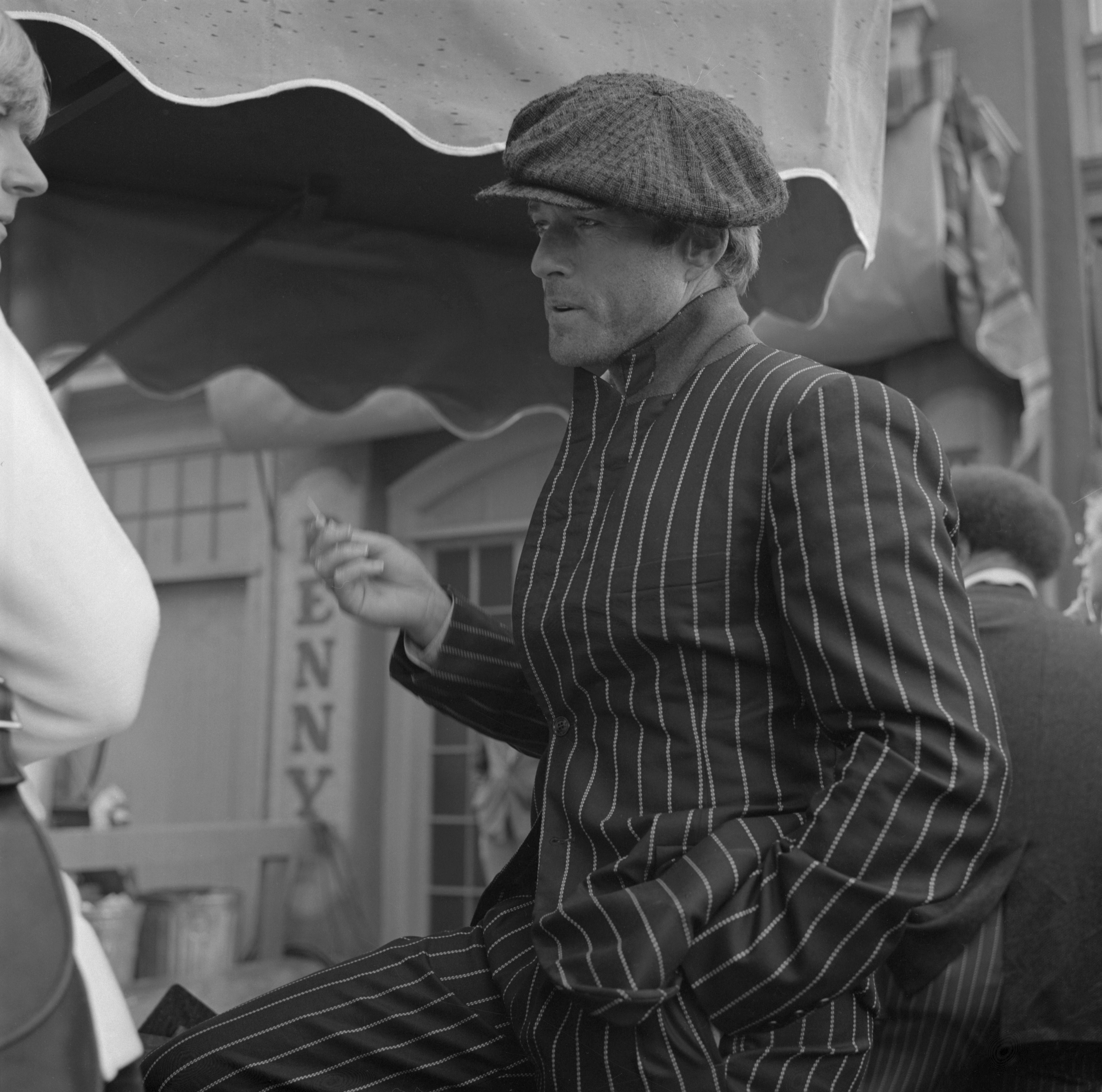
14. **A Multifaceted Legacy: Icon, Innovator, Activist**
Robert Redford’s passing at 89 years old marked the close of an extraordinary life, leaving behind a truly multifaceted legacy that reverberates across cinema, culture, and environmental advocacy. He was not merely a “golden boy” of Hollywood, a descriptor that frequently captured his on-screen radiance, but a figure who consistently pushed boundaries—transforming himself from a celebrated actor into an Oscar-winning director, a fervent liberal activist, and the indispensable godfather of independent cinema. His ability to navigate and master these diverse roles solidified his status as a unique cultural force.
Tributes from across the industry and beyond underscored the depth and breadth of his impact. Meryl Streep, his co-star in “Out of Africa,” eulogized him as “One of the lions has passed. Rest in peace my lovely friend.” Jane Fonda, a lifelong friend and frequent collaborator, profoundly stated, “He meant a lot to me and was a beautiful person in every way. He stood for an America we have to keep fighting for.” These sentiments highlight not only his artistic prowess but also his unwavering commitment to his values and his inspirational role as a societal advocate.
Read more about: Jill Sobule, Iconic ‘I Kissed a Girl’ Songwriter, Dies at 66: Unraveling the Tragic House Fire and Her Enduring Musical Legacy
His most enduring institutional legacy, the Sundance Institute, profoundly reshaped the trajectory of independent film for generations. As film critic Carrie Rickey observed, “He changed so many lives… And he changed movies, both as a director and as the head of Sundance. Who else can say that?” This remarkable achievement, born from a desire to foster untold stories away from mainstream pressures, will continue to impact artists and audiences globally, ensuring that Redford’s vision for a diverse and independent cinematic landscape lives on. From the humble artistic dreams of a working-class kid to an esteemed cultural icon, Robert Redford’s journey was a testament to the power of artistic ambition, purposeful activism, and the profound impact one individual can have in shaping both the silver screen and the world around it.


